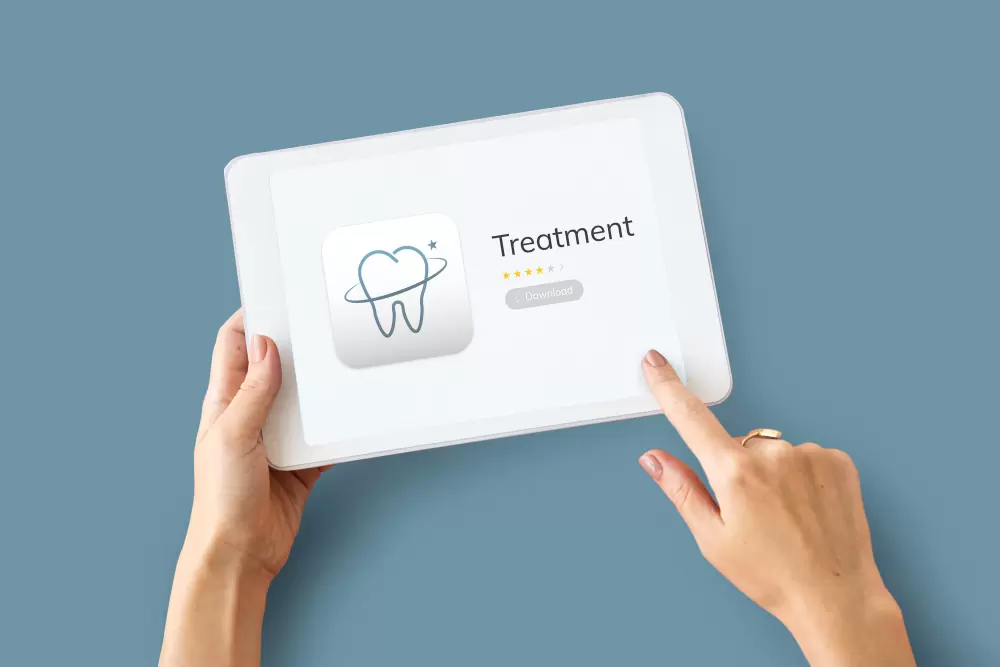The cloud computing industry is expected to grow by more than double from just 2020 to 2025, and it’s clear that cloud services will only continue to play a larger and larger role in our lives. Cloud computing can help organizations improve their productivity, bring products to market more quickly, and reduce costs without incurring a negative impact on performance.
With that being said, cloud computing and other cloud services introduce a variety of cloud security risks that stakeholders may not be aware of. In this article, we’ll take a look at some key threats to keep an eye on in 2021 and beyond. Simply recognizing these vulnerabilities is the first step toward developing more effective cloud security practices.
Regulatory Compliance
Sensitive data in a variety of fields is subject to wide-ranging regulations, and even seemingly minor points can lead to significant penalties. These regulations include everything from FERPA, which covers private information about students, to the oft-misunderstood HIPAA which regulates information about patient health.
If your organization is found to be in non-compliance, you may be liable for monetary fines or even criminal penalties. HIPAA, for example, stipulates fines of up to $50,000 per violation for serious infractions. Criminal prosecutions are still relatively unusual, but they’ve become increasingly common over the last few years.
Audience Trust
Losing data is bad enough on its own, but the impact of reduced audience trust can be even more important. Companies that lose the faith of their customers often spend years or even decades rebuilding their reputations, potentially missing out on tens of thousands of sales due to poor oversight.
Target, for example, lost nearly 50 percent in quarterly profits following its highly publicized data breach in 2013. While it eventually reached its former heights, it’s impossible to overstate the effect of that breach on the company’s trajectory. Given the potential risks, developing more effective cloud security policies is a relatively simple step to take for businesses that rely on cloud services.
It’s also worth noting that following regulatory issues, companies are often required by law to let potential victims know that they may have been impacted. That notification is a major blow to any business that breaks critical regulations like HITECH, HIPAA, or the EU Data Protection Directive. You may also be the target of lawsuits from customers who were affected by the breach.
Lack of Visibility
Far too many companies are missing a reliable way to monitor user activity and identify any unusual or suspicious behavior. If someone in your organization is breaking security policies—whether intentionally or accidentally—it’s critical to recognize that issue immediately in order to form a quick response.
One of the most common examples involves employees uploading sensitive data to the cloud, where it can be seen by other users who shouldn’t have access. Without a comprehensive approach to cloud security monitoring, you could easily miss that issue until it becomes a much larger problem.
Another well-known risk for cloud services is when an employee takes advantage of their access permissions to download private information before quitting or being fired. With these threats in mind, it’s surprising that so many companies continue to take a lax approach to their own cloud security. While it’s obviously crucial to keep your organization safe from external risks, it’s typically easier to overlook your internal vulnerabilities.
User behavior analytics systems such as Splunk, Rapdi7 or Fortscale perform this analysis in the background. This lets you focus on other areas of your business while keeping the peace of mind which comes from knowing that your organization’s activity is constantly being monitored. These systems look strictly at activity, whether or not it’s coming from an approved user.
In general, gaining more control and visibility over user and device access is going to be a net positive for your organization. Another common vulnerability involves allowing your team members to access sensitive data from any device that they’re logged into. You can address this problem by limiting permissions to approved devices and requiring additional authentication for any other access attempts.
Understanding Risk Management
Understanding cloud security posture management (CSPM) is the first step to protecting your cloud, and anticipating the risks it faces. Cloud security posture management refers to the consistent monitoring of your cloud’s security and the constant adaptation and improvement of it to prevent attacks. You can work with a CSPM provider but the first step is investing in data protection. This will ensure that your data is being categorized by sensitivity and you can choose where it gets sent to. Highly sensitive data may need to be removed or quarantined. Make sure your whole team is onboard and knows exactly what happens to sensitive removed data.
Protecting Sensitive Data
Sensitive data should be encrypted with your keys. With an external key, your cloud will be protected from bad actors and malware but your cloud security posture management service could still have access to this data. It does not disrupt your service provider’s ability to do their job. It is simply an added layer of security that can bring you peace of mind.
You will also need to set up access control policies that further secure your cloud. It’s important to have limitations on data sharing. For instance, control who can view and edit sensitive information by setting the abilities of users manually. You can set certain users to ‘viewer’ mode or ‘editor’ mode and ensure you have final say on who is viewing or working on what. This will also control who can share what through external links. You may not want external users having full access and editing ability. However, it is easy to set limitations on who has access to what.
Finally, the last two steps you can implement to really ensure the safety and security of your cloud are as follows: remove download ability from other devices. You are able to prevent other devices from being able to download your files and data. This is highly recommended as your cloud security provider can access your cloud from any device, opening you up to potential security threats. Anti-malware protection is also an extra step you can take to ensure the security of your cloud environment.


 Table of Content
Table of Content










